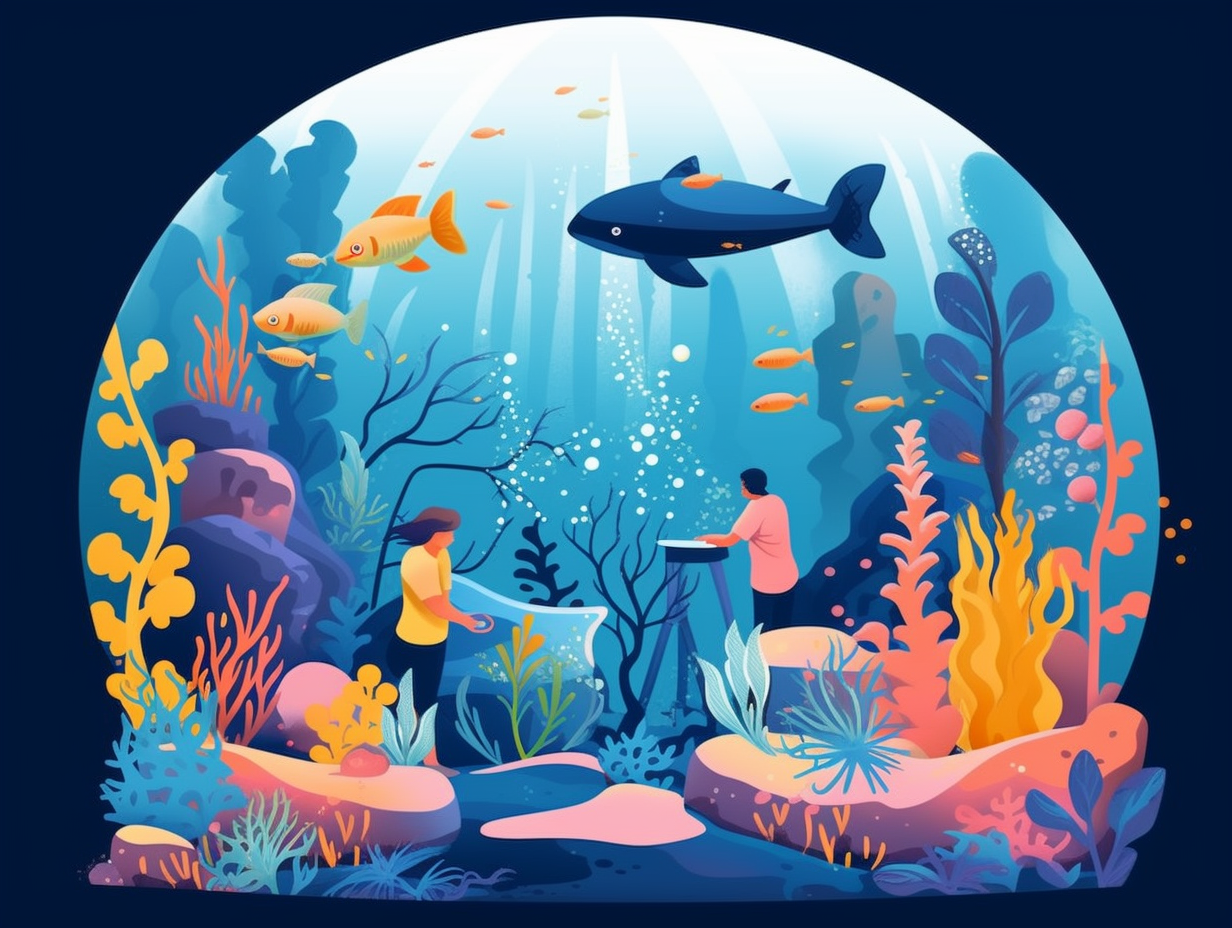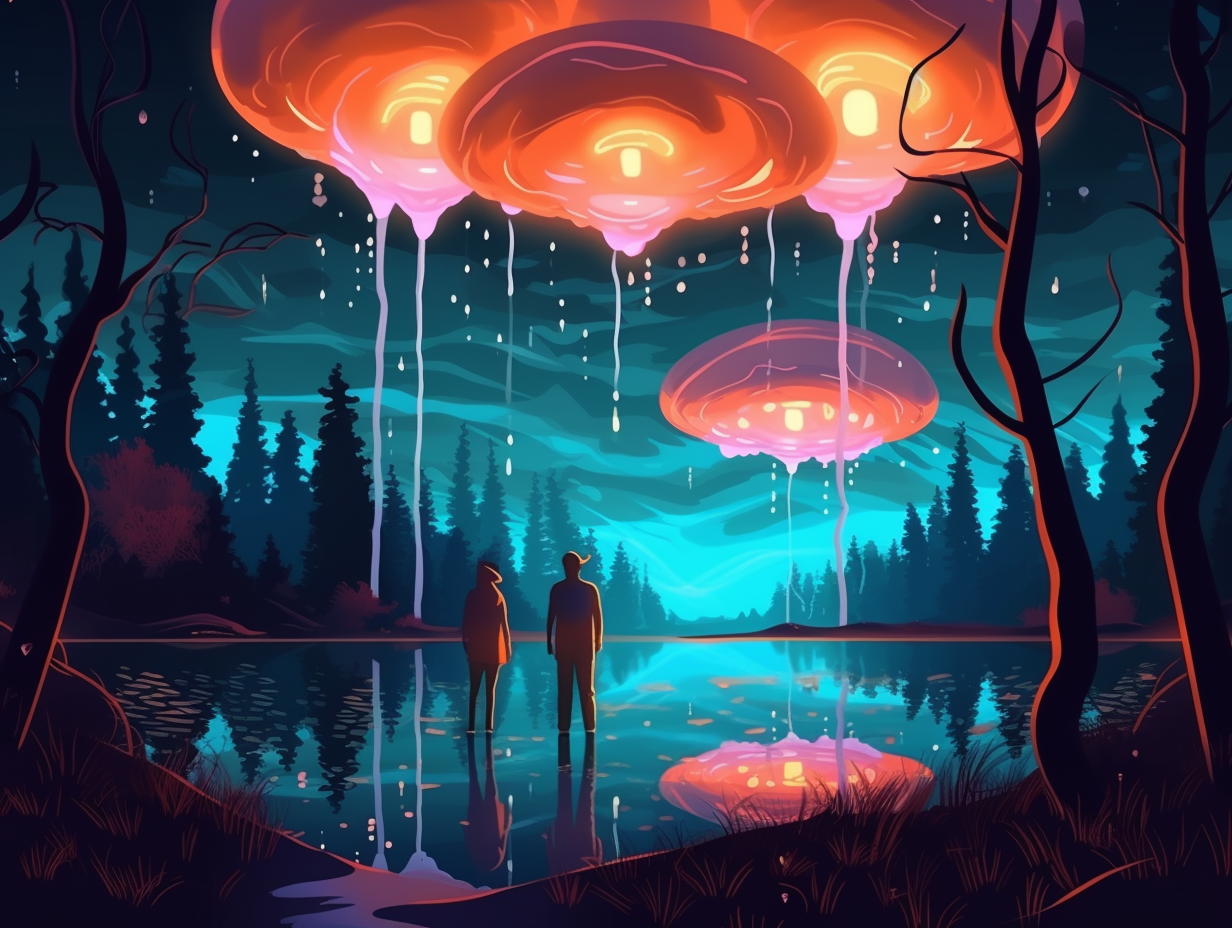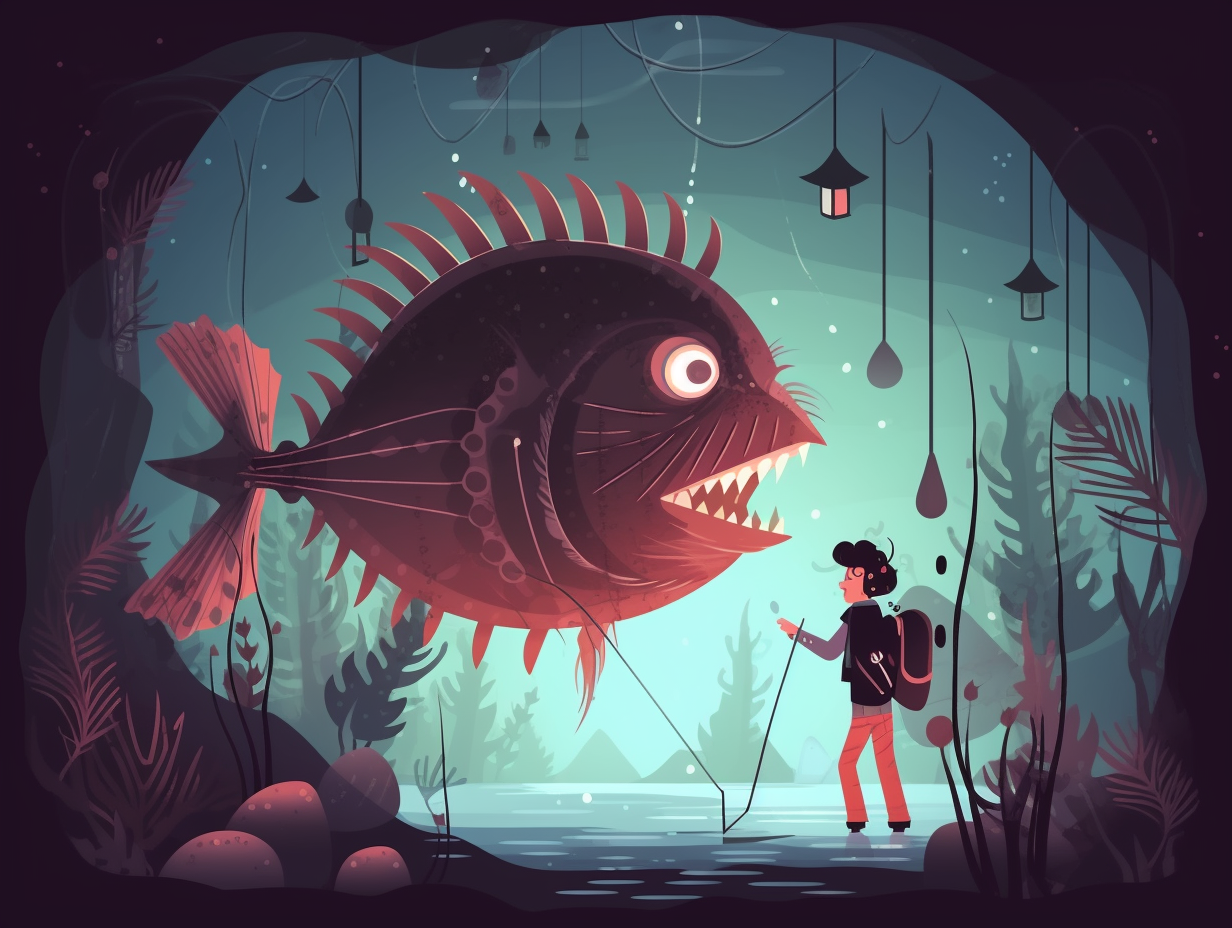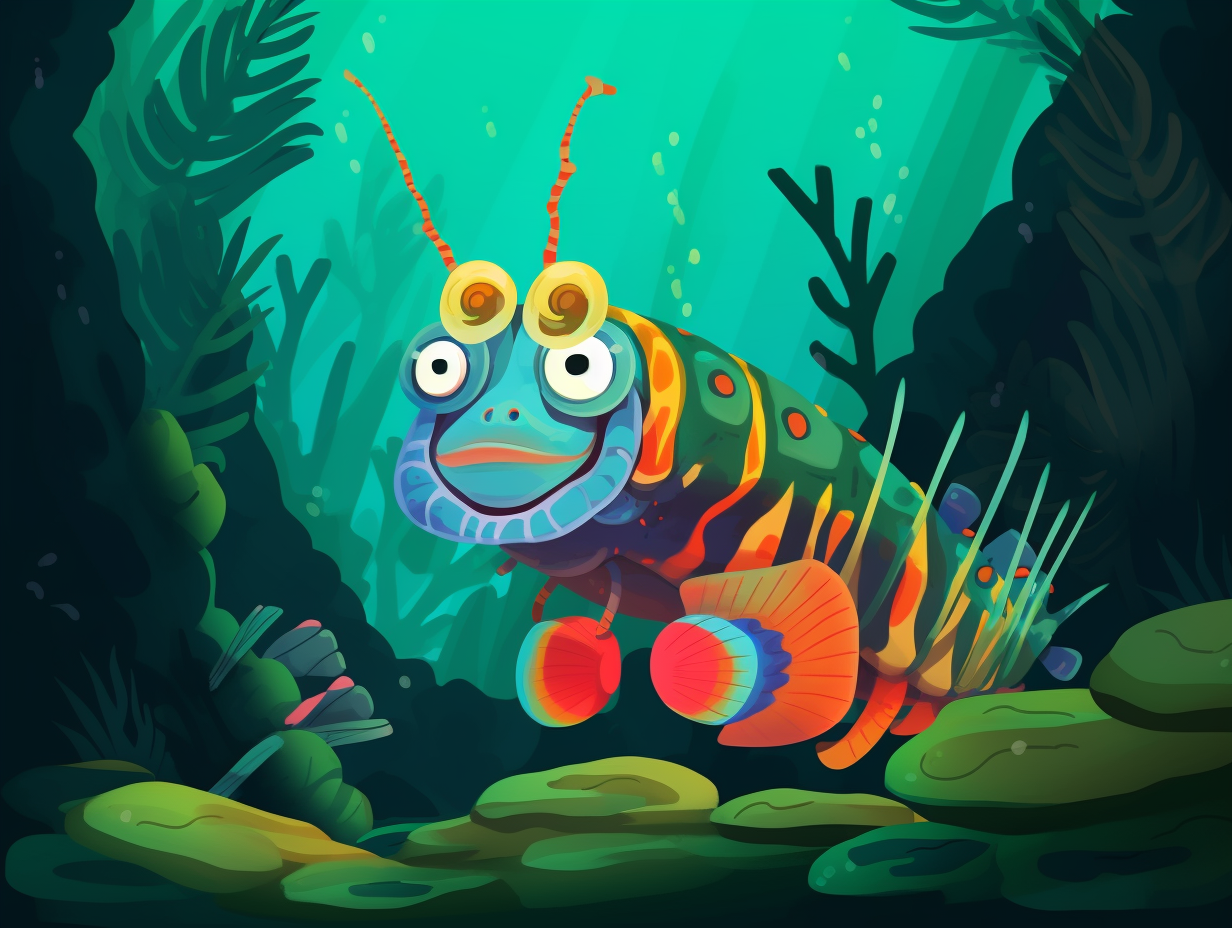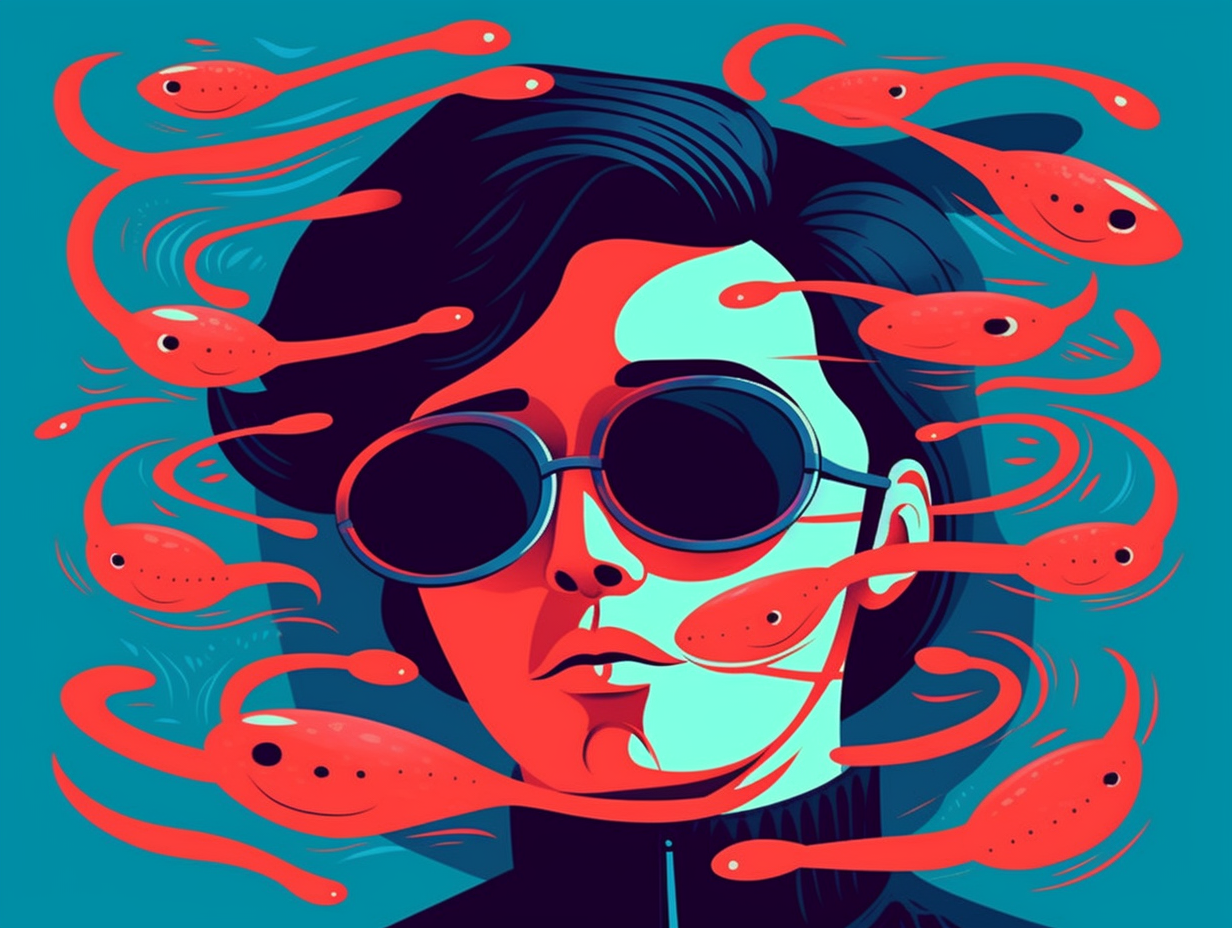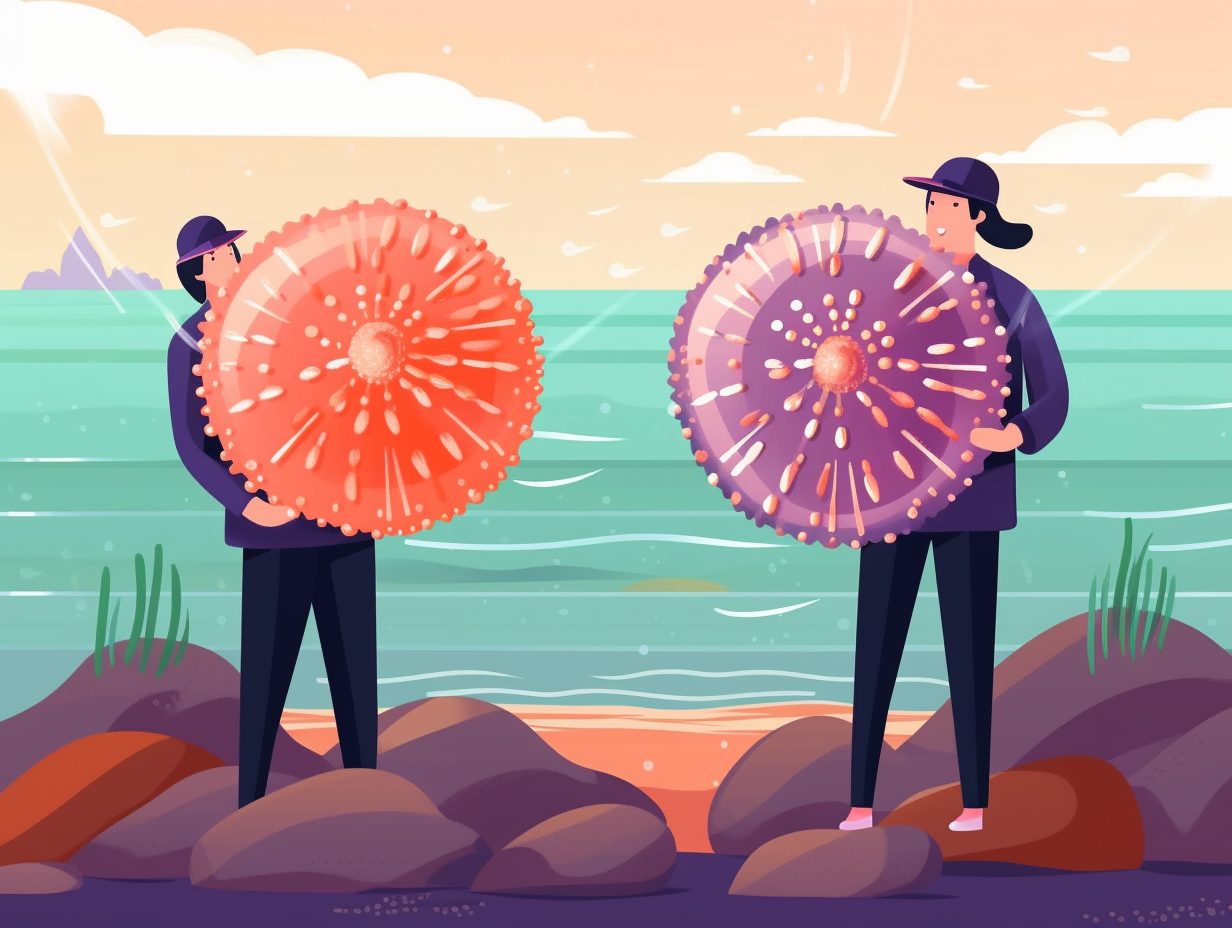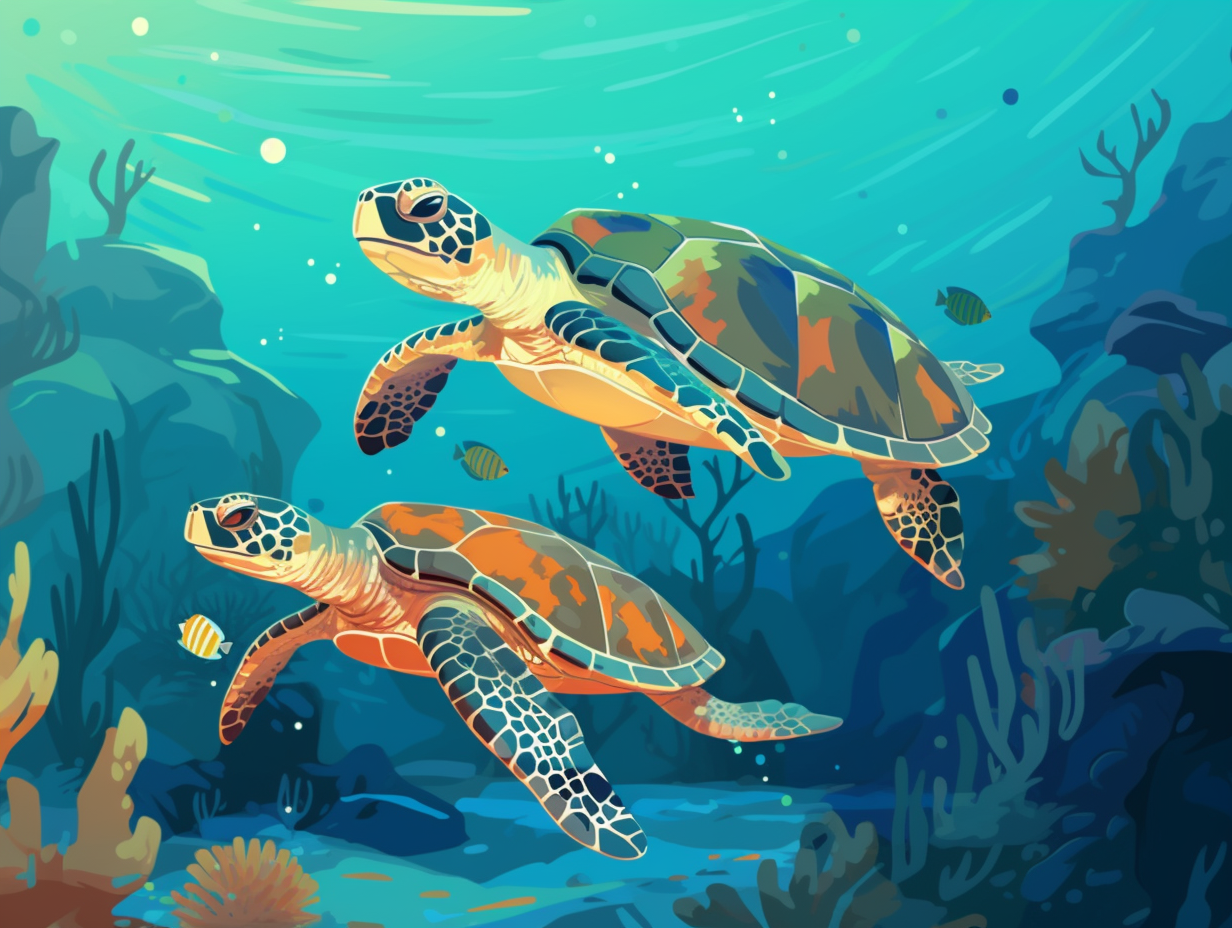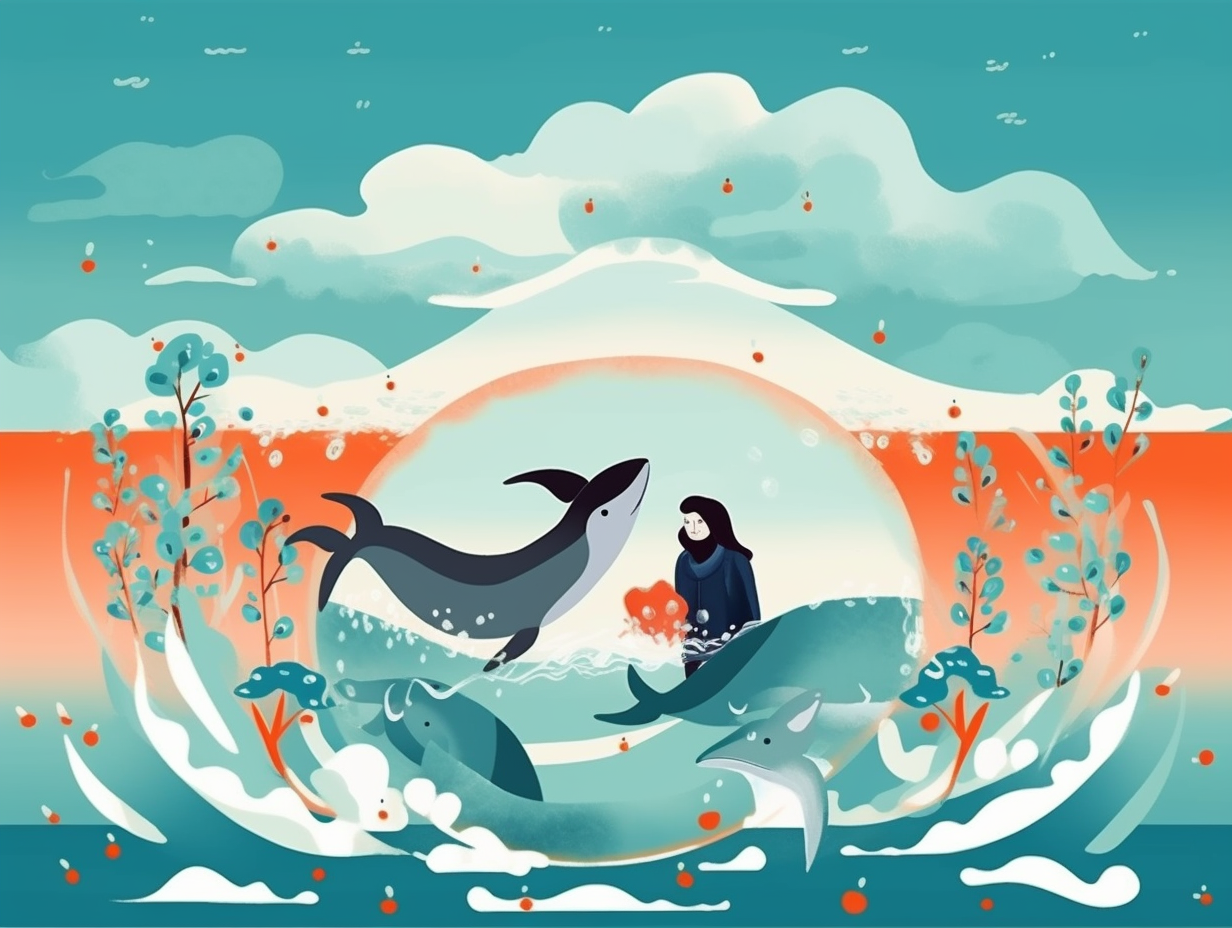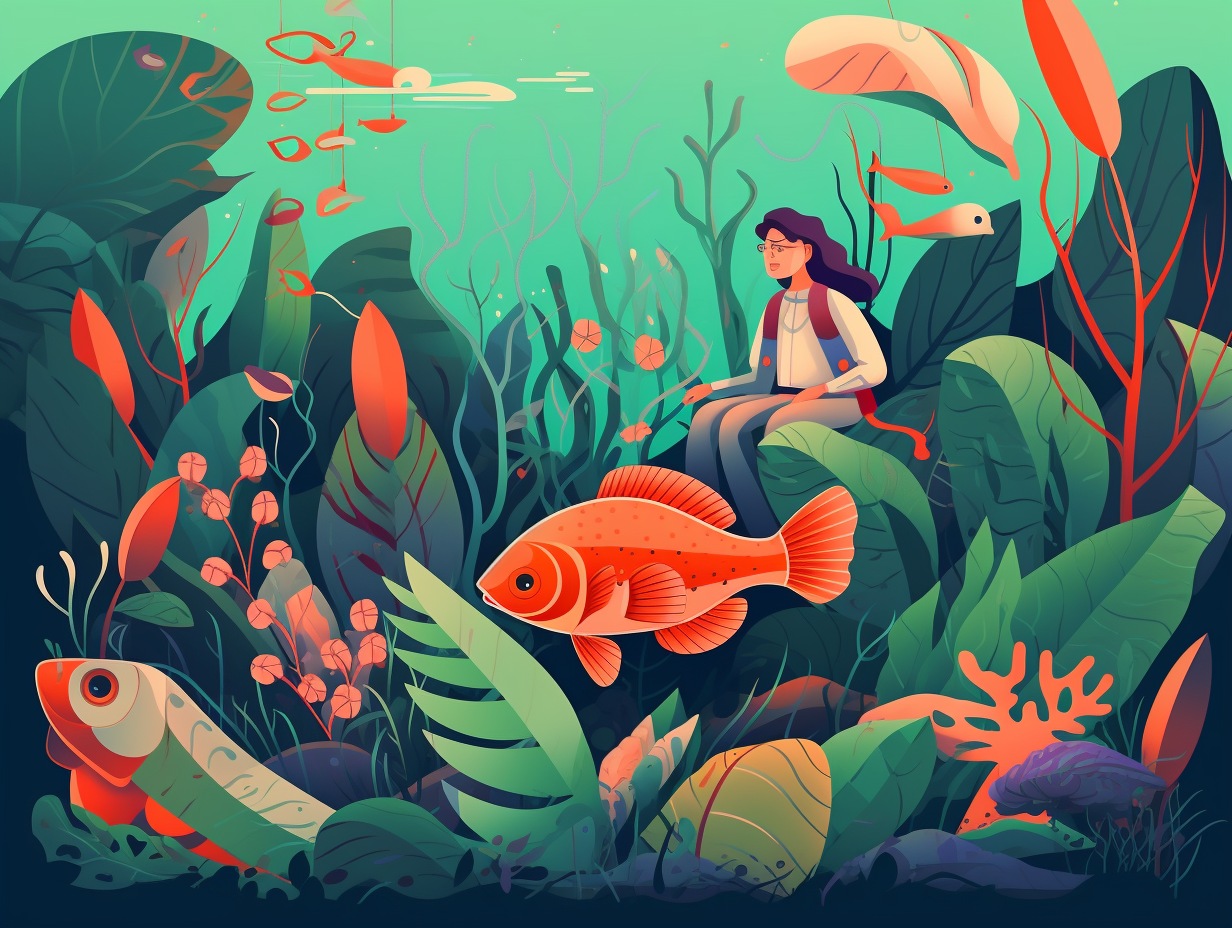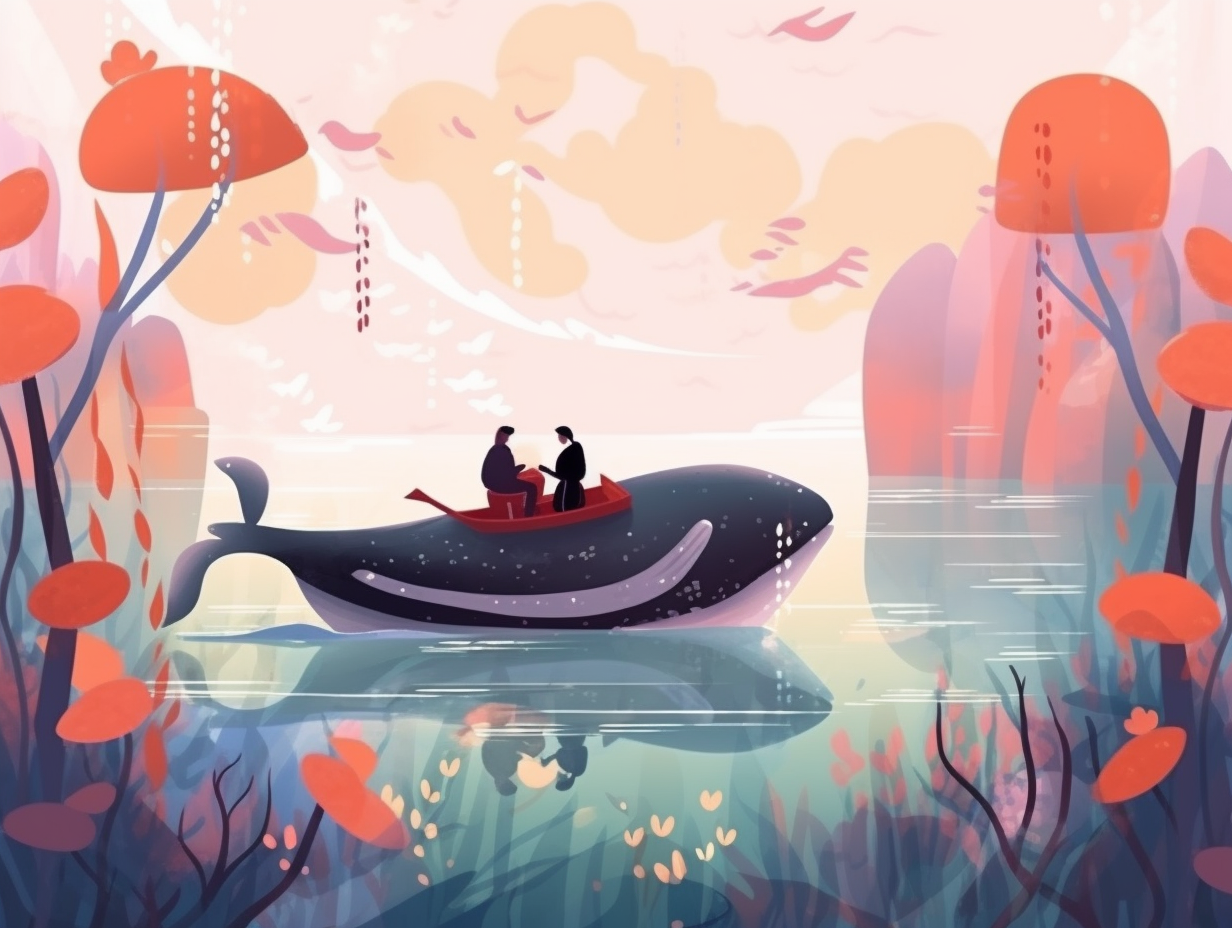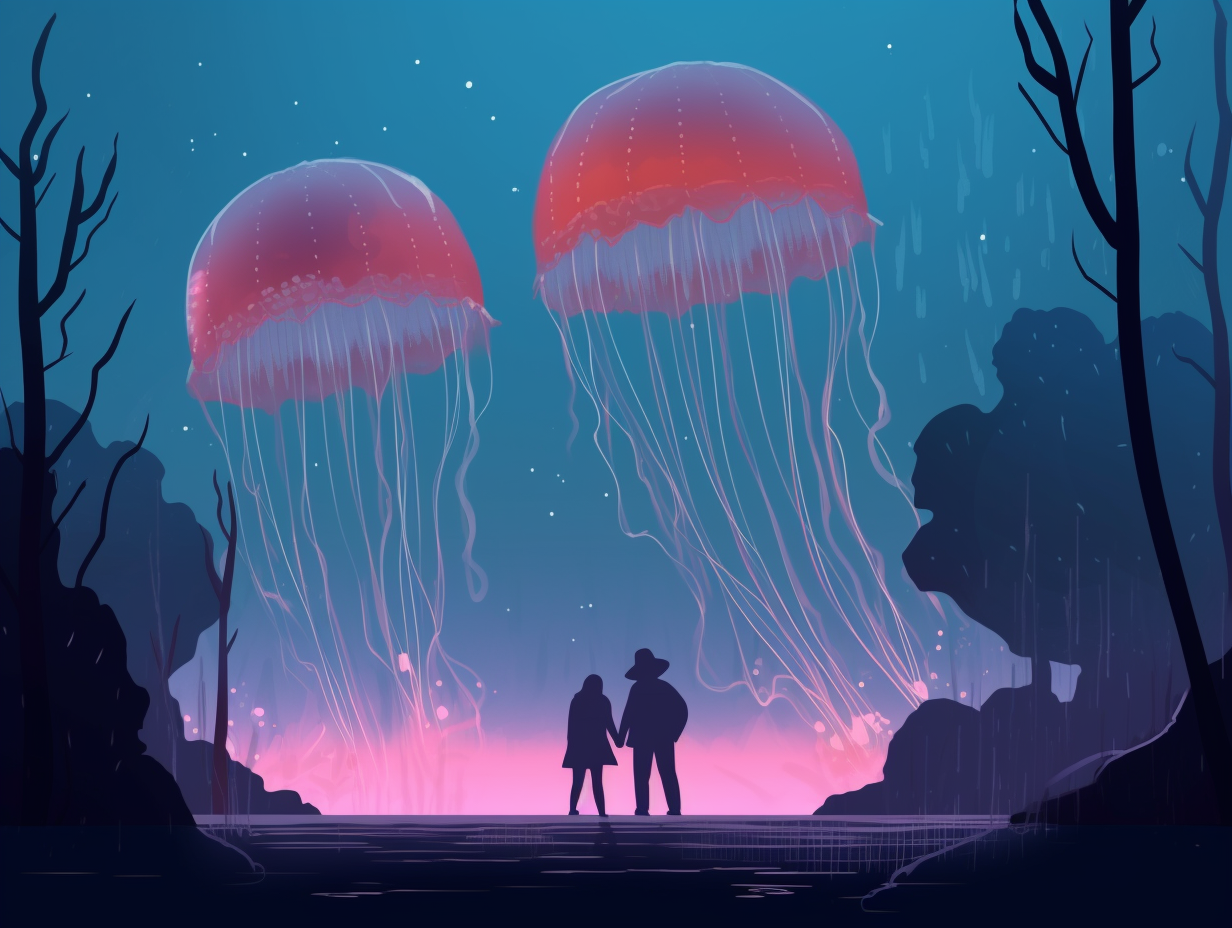Discover the Unbelievable: Top 14 Fun Facts about Horseshoe Crabs You Never Knew!
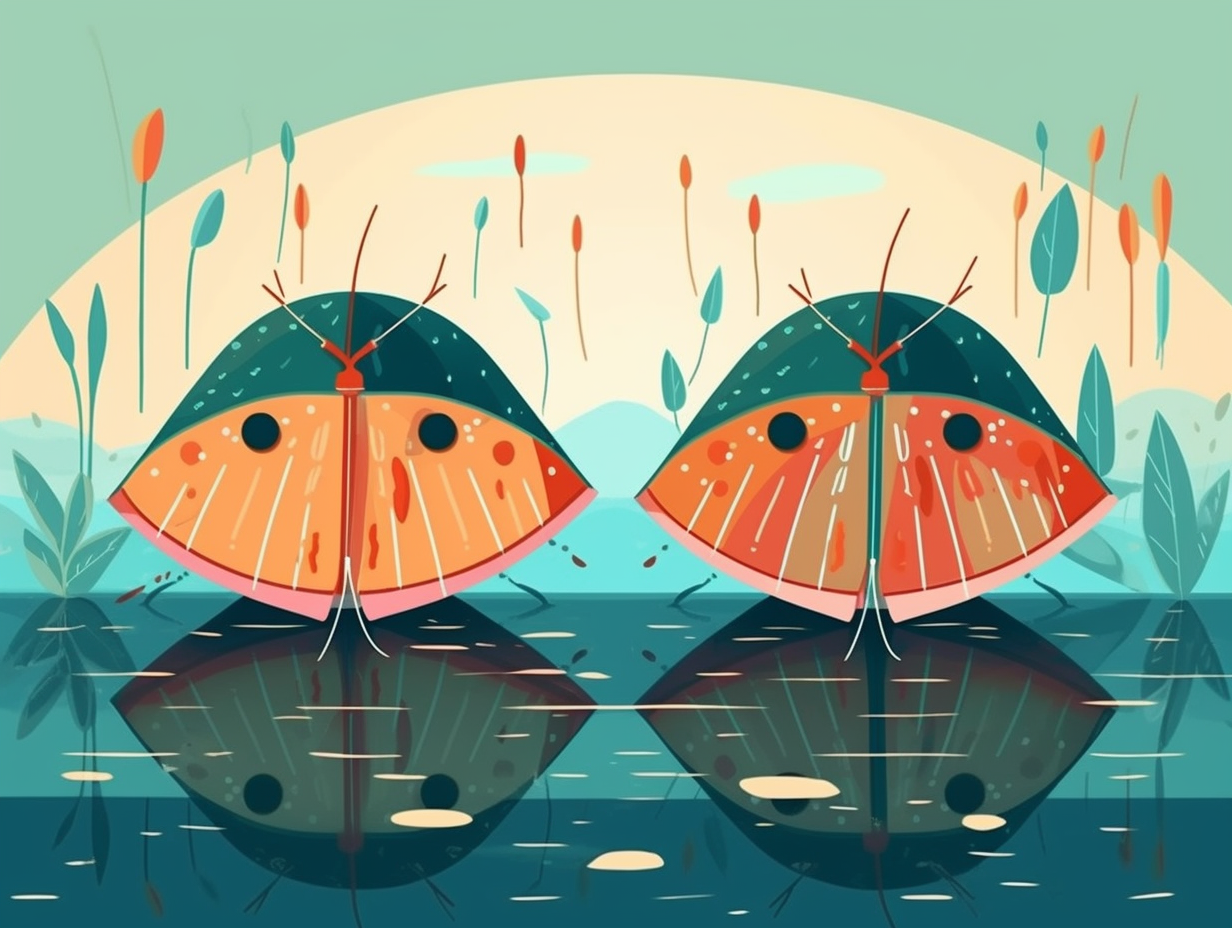
1. Horseshoe Crabs: The 10-Eyed Navigators
Who needs a night-vision gadget when you're a walking, nesting, x-ray machine: Horseshoe crabs possess a stunning set of 10 eyes, including compound eyes on their prosoma and photo receptors along their tail, allowing them to easily navigate their love lives and real estate matters during mating and nesting season.
Source => myfwc.com
2. Blue-Blooded Medical Philanthropists
Who knew horseshoe crabs were such blue-blooded philanthropists? These unsung heroes of the medical world are literally rolling up their sleeves (do crabs have sleeves?) to safeguard our lives: The blue to blue-green blood of horseshoe crabs contains a protein called Limulus Amebocyte Lysate (LAL), which is used by pharmaceutical and medical device manufacturers to test products for dangerous bacterial toxins, ensuring the safety of many drugs and devices in healthcare. The aristocratic tint of their blood comes from copper-based respiratory pigment hemocyanin, not the presence of copper itself.
Source => dnr.maryland.gov
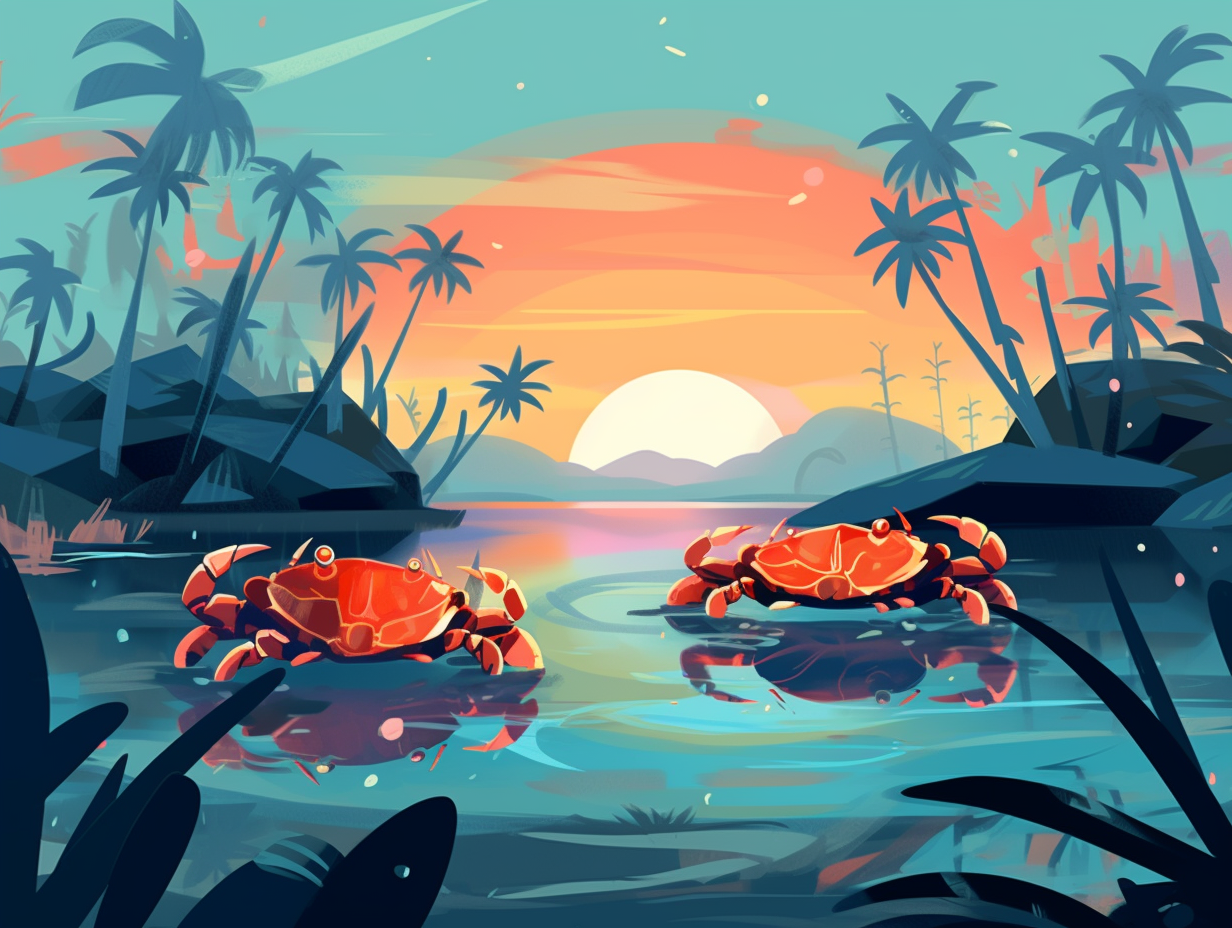
Did you know that crabs are masters of undressing and redressing? Discover their intricate four-stage molting cycle and how it's essential for their growth and survival! 🦀✨
=> Fun Facts about Crabs
3. Shellfish Royalty in Healthcare
These crustacean crusaders are blue-blooded royalty in the medical world, and no, we're not creating tales of shellfish nobility: Horseshoe crabs' blue blood contains a unique compound that helps detect bacterial contamination in life-saving medical equipment.
Source => pbs.org
4. Reality Show Sensations with Amazing Eyesight
If horseshoe crabs were to audition for a reality show, they'd surely have an "eye" for talent: these quirky critters boast an impressive 10 eyes, including two compound lateral eyes, five extra peepers on their shell, and two ventral eyes near their mouth – all to help them find love, sense light and dark, and cleverly adapt to the night sky. Talk about a vision-ary!
Source => horseshoecrab.org
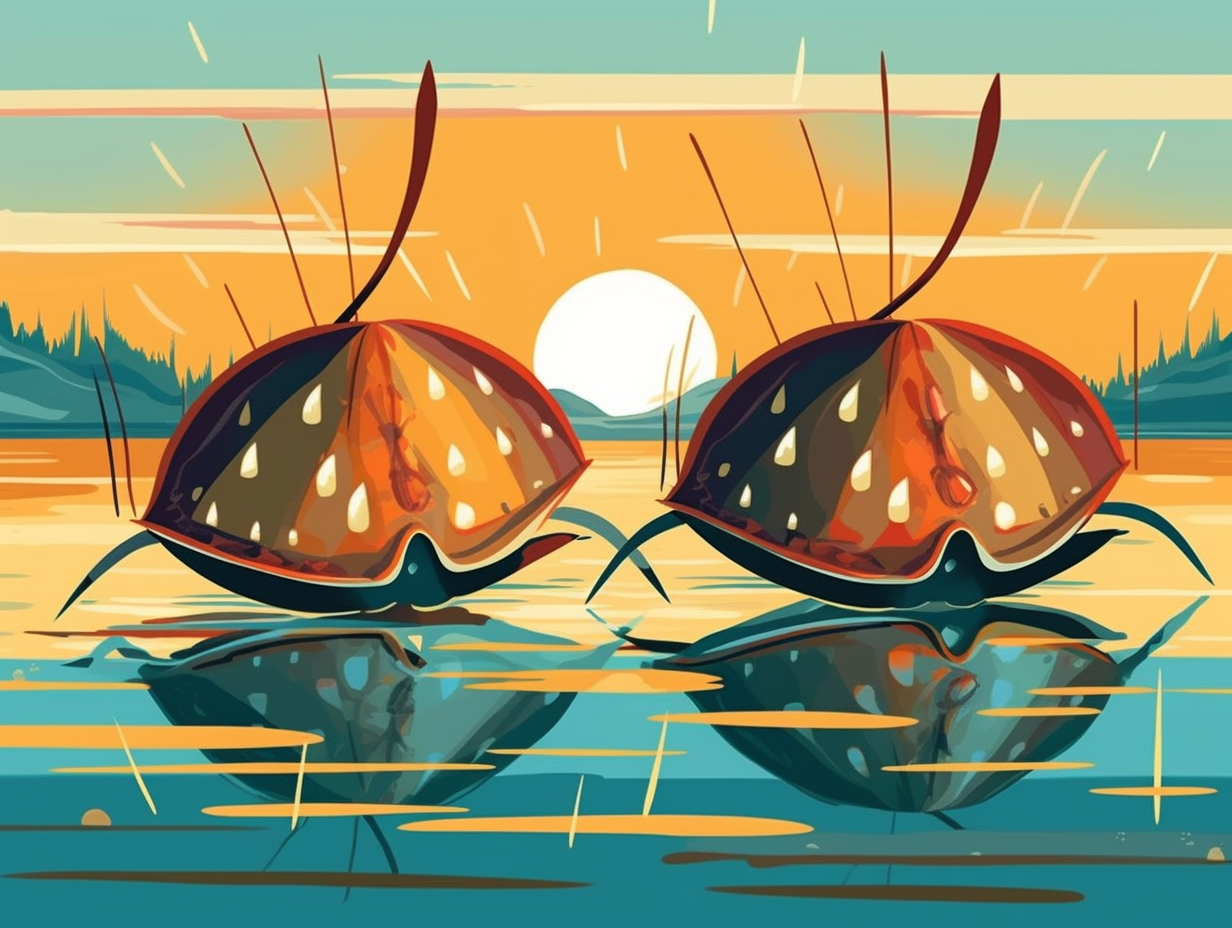
5. Crustacean Clark Kents of Medicine
These crustacean Clark Kents moonlight as superheroes of the medical world: Horseshoe crabs possess blue, copper-based blood that rapidly clots when exposed to bacterial toxins, making it indispensable for testing intravenous drugs, vaccines, and medical devices to ensure they're bacteria-free. Luckily, their blood is harvested sustainably—a third is extracted before they're returned, relatively unharmed, to the shoreline—to aid in the development of safe medical products.
Source => oceanservice.noaa.gov
6. Surveillance System Rivals
These ancient sea critters could give your typical surveillance system a run for its money: Horseshoe crabs come with a whopping ten eyes, including two compound eyes akin to insect vision and eight simple eyes for discerning day length and light intensity, making them equally skilled at sightseeing during both night and day escapades.
Source => dnr.sc.gov
7. Blue-Blooded Life Savers (With a Cost)
If aliens bled blue and saved lives, they still wouldn't hold a candle to these armored sea critters: Horseshoe crabs use their bright blue blood in medical research for detecting harmful bacterial endotoxins, helping create vital vaccines for various human illnesses. However, extracting their blood has led to the death of 500,000 crabs annually, sparking a debate on using a synthetic alternative to protect the species.
Source => washingtonpost.com
8. Ocean Cowboys with Six Pairs of Legs
Horseshoe crabs may have left their cowboy days behind, but they still clop around with six pairs of legs, taking ancient strolls on the ocean floor: While they've been around for over 450 million years as living fossils, horseshoe crabs aren't really crabs but members of the Merostomata class, complete with a tough exoskeleton and a tail designed for precision swimming.
Source => animaldiversity.org
9. Socially Awkward, Sting-Free Arthropods
Behold, the horseshoe crab – the ocean's socially awkward cousin of spiders, ticks, and scorpions! This marine misfit awkwardly flip-flops around at the beach, navigating awkwardly with a tail straight out of a sci-fi movie, and yet is anything but crabby: In actuality, horseshoe crabs are arthropods, sporting a protective chitin shell and using their alien-like telson tail solely to flip themselves upright, with no pesky stinging involved.
Source => fisheries.noaa.gov

10. Crab Comedians Awaiting their Hatch Cue
Ready for a crabulous lineup of nature's stand-up comedians? Picture this: an audience of horseshoe crab eggs, waiting for the right planetary punchline to hatch with perfect comedic timing – no rotten tomatoes here! With the coast as their stage, these tiny performers are waiting for their cue: environmental triggers like hydration, agitation, osmotic shock, and hypoxia synchronize the larvae's emergence with optimal beach water levels, ensuring their survival gets an applause.
Source => sciencedirect.com
11. Horseshoe Crabs: The Ultimate Party Guests
When horseshoe crabs RSVP to parties, they always check the "plus-65,000" box: These expectant moms are known to lay up to a whopping 65,000 eggs at a time, and one resilient quarter-sized crab even defied the odds, growing into adulthood amidst tough predators and tricky tank filtration systems.
Source => tennesseeaquarium.blogspot.com
12. Limb-Regenerating Sea Dwellers
Who knew horseshoe crabs were as tough as a walking arm-edy? These resilient little sea dwellers give sea stars a run for their money in the limb regeneration game: In a study conducted by Sue Shaller of the United States Fish and Wildlife Service, it was proven that horseshoe crabs can actually regrow their lost limbs, much like their star-shaped underwater neighbors.
Source => sheppardsoftware.com
13. Blue-Blooded Heroes in Medical Research
Feeling a bit blue? So do horseshoe crabs, but it's because of their amazing blood: their granulocytes help rapidly clot blood and are so sensitive that the pharmaceutical industry uses their blue blood for endotoxin testing, making these ancient creatures valuable to modern medical science.
Source => horseshoecrab.org
14. Flu-Shot Guardians with Blue Blood
When life gives you lemons, horseshoe crabs give flu shots: Horseshoe crabs may look like an aquatic nightmare, but they're your secret medical guardian angels. This ancient armored brethren produce superpower blue blood containing Limulus Amebocyte Lysate (LAL), a compound essential for ensuring the safety and sterility of vaccines and medical equipment. So the next time you roll up your sleeve for a jab, give a nod to our sea-faring friends for their crucial role in healthcare.
Source => myfwc.com
Related Fun Facts


